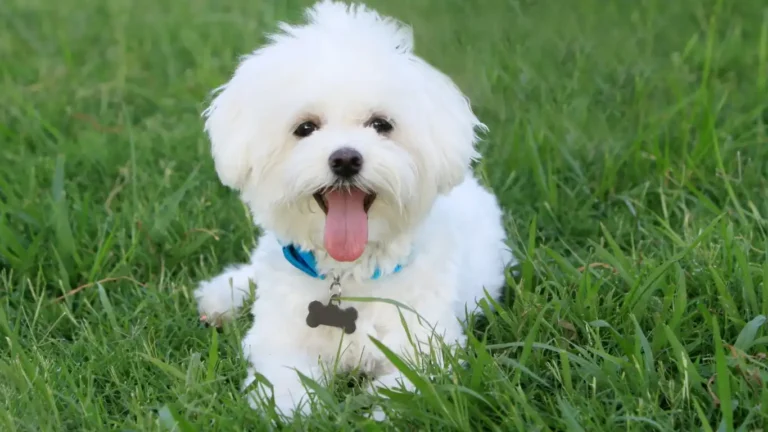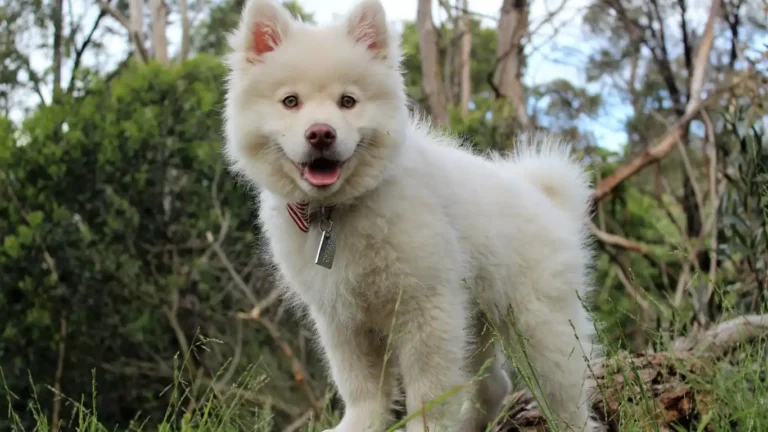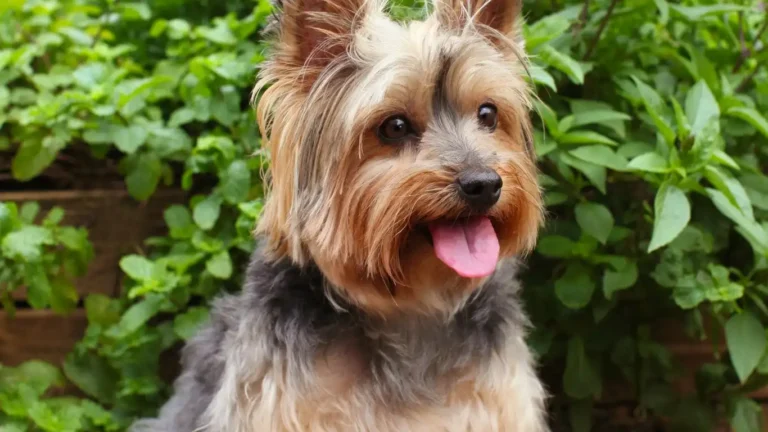How to Comfort a Dog That’s Scared of Being Brushed Naturally
Let’s talk about something a lot of pet parents silently struggle with—how to comfort a dog that’s scared of being brushed. I’ve seen this time and again in the clinic and during at-home visits. You’d be surprised how many sweet pups go into full panic mode the moment the brush comes out. I’ve worked with dogs who would rather take their chances with nail clippers than face a grooming brush. If that’s your dog, you’re not alone—and trust me, it’s not hopeless. With the right approach, patience, and some insider tips from a vet tech (hey, that’s me!), you can help your pup chill out and maybe even *enjoy* brushing one day.
Why Are Some Dogs Afraid of Brushing?

Understanding the “Why” Behind the Fear
Before we dive into techniques and hacks, it’s important to figure out *why* your dog is afraid in the first place. In my experience, fear of brushing usually comes down to a few main reasons:
- Past trauma or negative experiences: A rough grooming session, tangles being pulled too hard, or being restrained too tightly can stick with a dog.
- Noise or sensation sensitivity: Some dogs just can’t stand the feeling of bristles on their skin, especially wire brushes or slickers.
- Medical issues: Mats can pull painfully on the skin, and things like arthritis or skin infections can make brushing downright painful. If your dog yelps or avoids being touched, always rule out a physical problem first.
My Vet Tech Tip:
Whenever I get a new grooming-anxious pup, I always do a mini health check before we even think about brushing. A quick touch-over can tell you if there’s inflammation, sore spots, or something else that’s making them flinch. It’s not always just about behavior—sometimes, it really *hurts*.
How to Comfort a Dog That’s Scared of Being Brushed
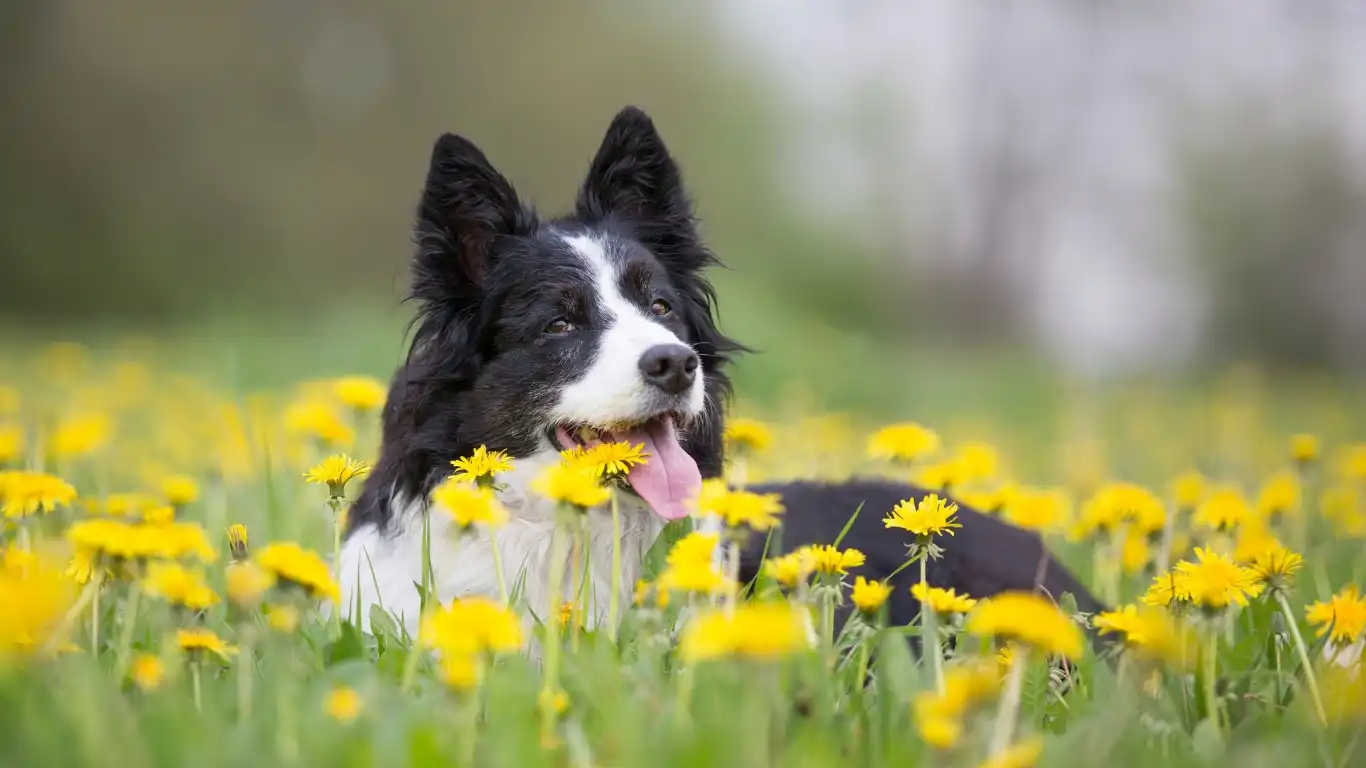
Start With the Right Tools
This is something I talk about with clients all the time. Using the wrong brush is like trying to comb your hair with a fork—uncomfortable and totally unnecessary. Choose a brush based on your dog’s coat type:
- Short-haired dogs: Rubber curry brushes or grooming gloves are gentle and soothing.
- Long-haired or double-coated breeds: Use a slicker brush, but go *slow* and never yank through tangles.
- Matted or neglected coats: Don’t start brushing! Use a detangling spray or consult a groomer first.
Make It a Positive Experience
This one’s huge. I always say—turn brushing time into bonding time. If your dog already dreads it, forcing them into a corner and going at them with a brush isn’t going to help. Instead:
- Introduce the brush when you’re not brushing: Just let it sit near them during play or treat time.
- Use high-value treats: I’m talking peanut butter, cheese bits, or whatever makes your dog’s tail wag.
- Go slow: Even brushing for 30 seconds is a win. Celebrate small victories.
My Personal Go-To Routine
With nervous dogs, I usually start brushing during cuddle time on the couch. I’ll have a lick mat smeared with peanut butter nearby, and I don’t even pick up the brush right away. First, it’s just touch. Then the back of the brush. Eventually, a soft stroke or two. Some dogs take weeks. Others turn a corner within a few days. Patience is key, but when it works, it’s so rewarding.
Signs You’re Moving Too Fast
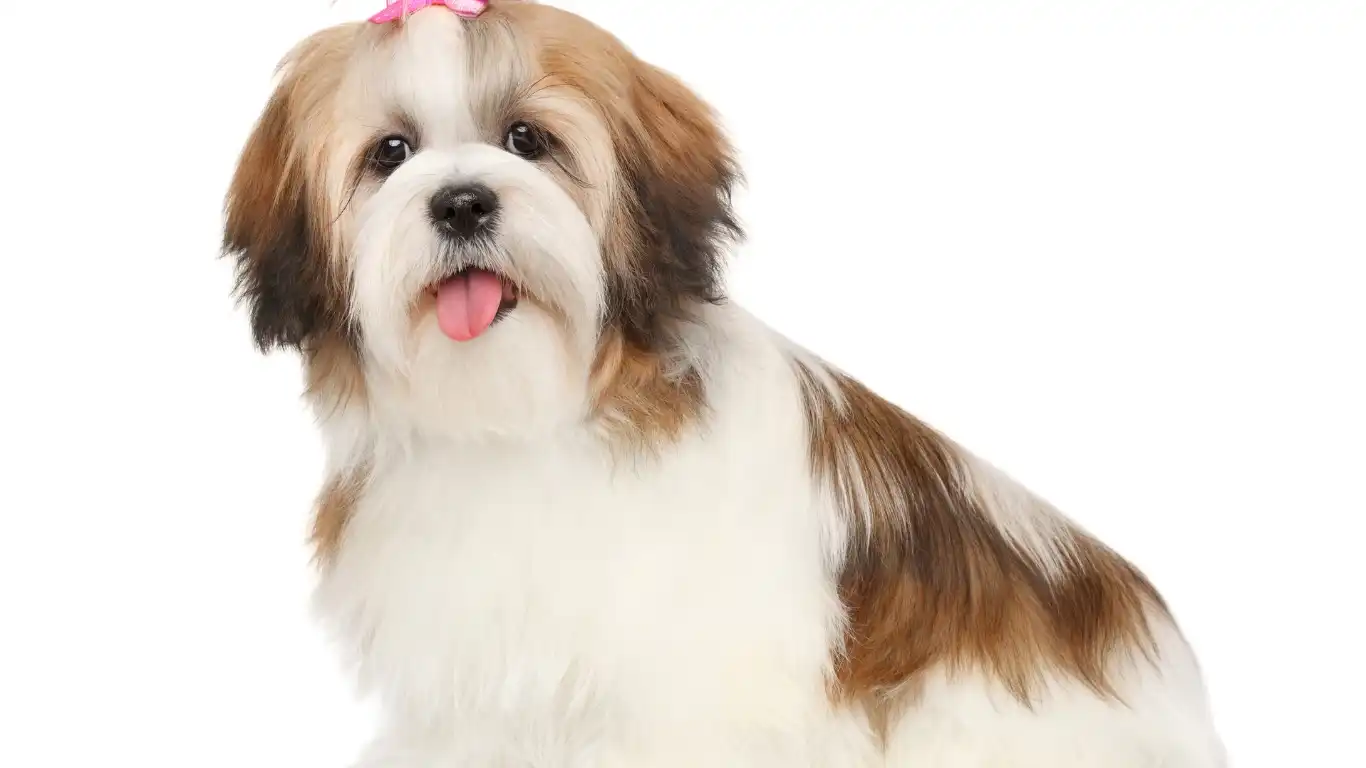
Watch for Stress Signals
Dogs communicate discomfort in subtle ways long before they growl or snap. Here’s what I always tell pet parents to look for:
- Lip licking or yawning (when they’re not tired)
- Whale eyes: Whites of their eyes showing
- Tucked tail or trembling
- Moving away or avoiding eye contact
If you notice these, stop. Take a break. Try again later. Forcing it will only make the next time worse—and damage trust you’ve worked hard to build.
Creating a Calming Routine Around Brushing
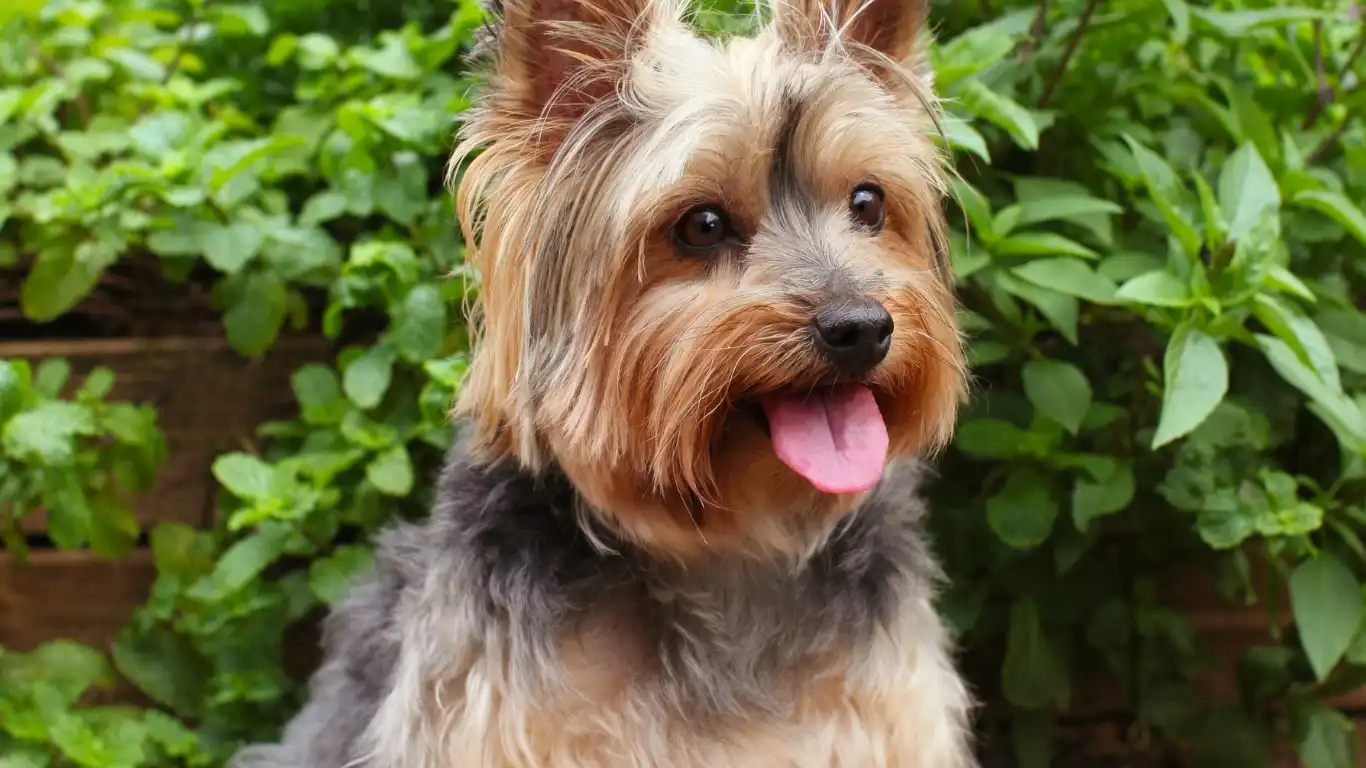
Set the Scene for Success
One thing I’ve learned over the years working with anxious dogs is that environment matters—a lot. Brushing isn’t just about the brush itself, but about everything going on around it. Picture this: soft lighting, calm music (yep, there’s dog-calming playlists on Spotify now), no other pets barging in, and a comfy spot like the couch or your dog’s favorite bed. That kind of setup can completely shift a dog’s response to grooming time.
When I’m at home with a nervous pup, I treat brushing almost like a spa day. I’ll say something soothing like, “Okay buddy, spa time!” and keep my energy super chill. It may sound silly, but dogs totally pick up on our vibes. If you’re calm and relaxed, they’re way more likely to be, too.
Timing Is Everything
Another underrated tip? Choose your timing wisely. Don’t try brushing your pup right after a hyper walk or when they’re already overstimulated. I always recommend:
- After a good play session – when they’re a little tired and more receptive
- During quiet evening downtime – this one’s my personal favorite
- Post-meal chill time – dogs are usually more relaxed after eating
Use Calming Tools if Needed
For extra-wiggly or fearful pups, there’s no shame in using a few calming aids. I’ve worked with lots of pet parents who’ve had success with:
- Thundershirts or calming wraps
- Pheromone sprays (like Adaptil)
- Vet-approved calming chews or supplements
Always check with your vet first (we love when clients do!), but these tools can really take the edge off and make brushing less of a big scary event.
Building Trust Through Touch

Desensitization Basics
If your dog can’t even look at a brush without panicking, full desensitization might be the way to go. It sounds fancy, but all it really means is slowly getting your dog used to the brush in tiny, no-pressure steps. Here’s a process I’ve used with success, both in clinic and at home:
- Place the brush near their favorite nap spot. No brushing, just chill vibes.
- Hold the brush while giving treats or scratches—but don’t use it yet.
- Let the brush touch their fur very lightly—maybe just the back of it.
- Gradually add in one or two strokes, followed by praise and more treats.
This process might take days or even weeks. That’s totally normal. What matters is that your dog never feels pressured or punished. Keep it fun, casual, and super positive.
Respecting Boundaries
This one’s huge. If your dog clearly says “nope,” back off. I’ve seen the best results when we respect their boundaries and build trust instead of trying to force them into compliance. Dogs have great memories—especially when it comes to stuff they dislike. If they learn that brushing = no control, they’ll dig their paws in even harder next time.
Get the Whole Household on Board

Consistency Is Key
Okay, let’s talk teamwork. One mistake I see a lot in multi-person households is inconsistent handling. One person’s patient and gentle, the other rushes through because they’re in a hurry. That kind of mixed messaging confuses dogs and can undo your progress fast.
Make sure everyone in your household is on the same page with how to handle brushing sessions. I recommend writing down your brushing routine and sticking it on the fridge or wherever you keep pet supplies. Include things like:
- Brush type and technique (e.g. always start at the back, never yank mats)
- Words or cues you use (like “spa time” or “good job!”)
- Preferred time of day for brushing
Turn It Into a Ritual
Dogs thrive on routine. When brushing becomes just another normal, predictable part of the day—like walks or feeding—they’ll feel way less anxious about it. One of my favorite pups, a nervous little Shih Tzu named Peanut, now runs over to his mat every night around 8PM because he knows it’s brush-and-treat time. That transformation didn’t happen overnight, but it *did* happen. And it can for your dog, too.
When to Bring in a Professional
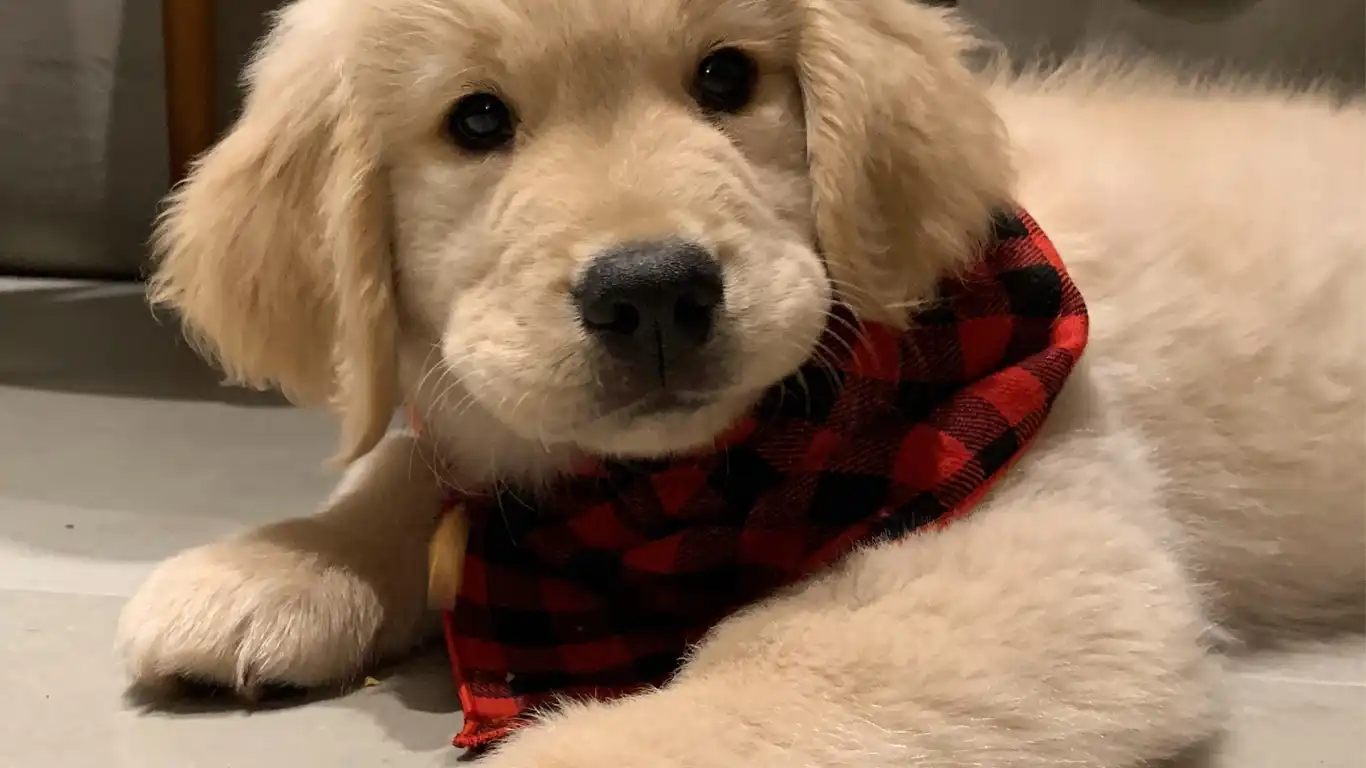
Knowing When It’s Time for Help
Sometimes, no matter how much love, treats, and patience you pour into brushing your dog, it still feels like a battle. That’s okay. Honestly, some dogs just need a little extra support—and there’s no shame in reaching out to a professional. I’ve referred plenty of pet parents to behaviorists, fear-free certified groomers, or even veterinary behaviorists when a brushing fear goes deeper than basic anxiety.
If your dog growls, snaps, hides, or refuses to come near you at the sight of a brush, it’s a big red flag that you might need some backup. You don’t have to handle this alone, and getting help early can save a lot of stress for both of you.
What to Look For in a Groomer or Behaviorist
In my experience, not all groomers are trained to handle fearful dogs—and that can make things worse if you’re not careful. Here’s what I tell clients to look for:
- Fear-Free Certified Groomers: These folks are trained to handle anxious pets with compassion and calm methods.
- Veterinary Behaviorists: Especially for extreme cases where fear turns to aggression.
- Trainers with positive reinforcement credentials: Avoid anyone using force or punishment-based methods. That will only make the fear deeper.
Success Stories That Give Me Hope
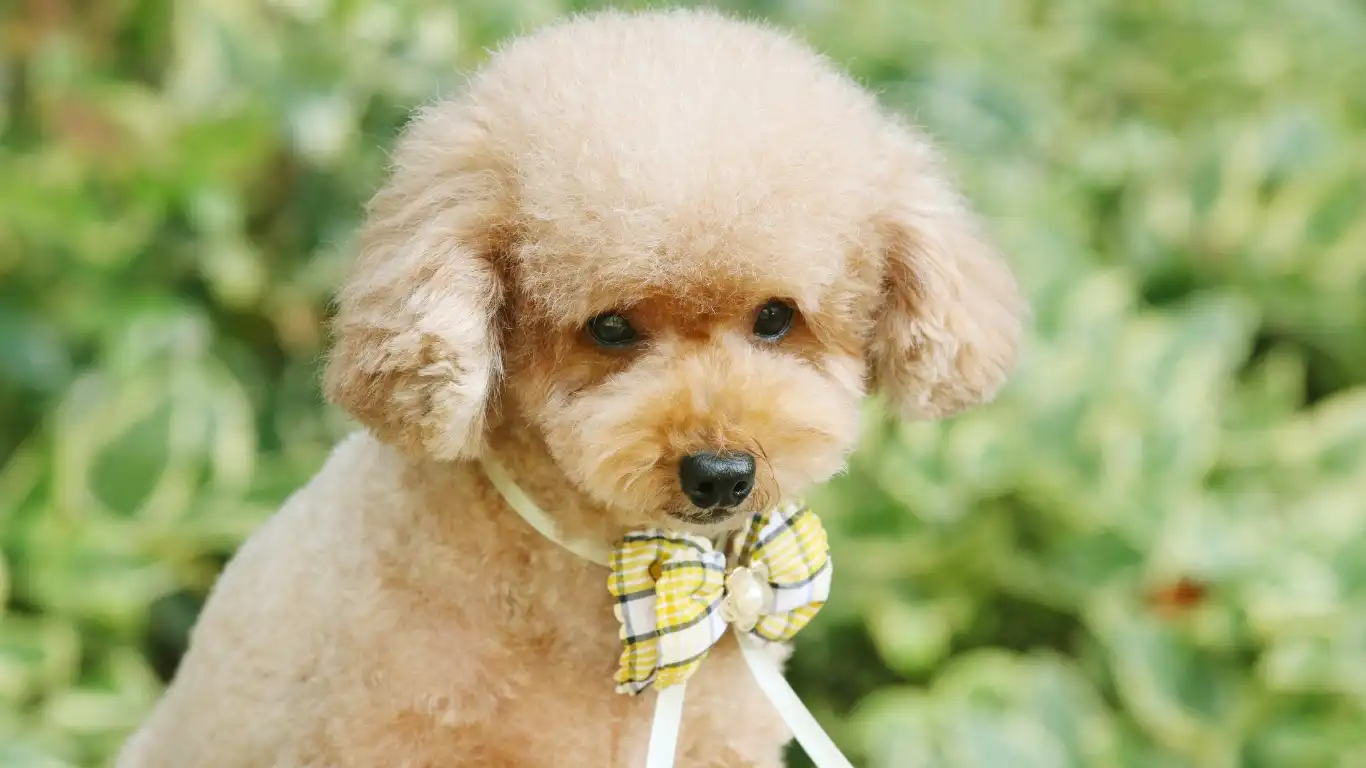
Progress, Not Perfection
I want to take a second to tell you—if brushing your dog feels like climbing a mountain, please know that you’re not alone. One of my favorite stories is about a Border Collie mix named Daisy who used to run and hide every time she saw her brush. Her mom was almost in tears the first time we met, convinced she was doing everything wrong.
We started super slow—just laying the brush nearby, then gradually introducing touch, always with chicken bits and calm praise. It took about six weeks, but Daisy eventually rolled over one evening and let her mom brush her belly without a single flinch. That moment? Total magic. And that kind of progress is absolutely possible with consistency and care.
Your Wins Matter
Every little victory counts. If your dog lets you brush one paw without stress, celebrate that. If they just sniff the brush without bolting, that’s progress too. Dogs aren’t machines—they have feelings, fears, and quirks just like we do. So cut yourself (and your pup) some slack, and take it one day at a time.
Preventing Brushing Fear in the First Place
Start Young When You Can
If you’ve got a puppy or a newly adopted dog, now is the golden window to build good grooming habits. I always recommend introducing brushing early and making it part of daily routine—not just something that happens when they’re already tangled or dirty. Use soft brushes, reward heavily, and keep sessions short and sweet.
Normalize Touch
One tip I give all my new puppy clients: practice handling their paws, ears, belly, and tail even when you’re not grooming. If dogs grow up used to being touched all over, they’re way less likely to freak out when the brush comes out later.
Resources for Continued Support
If you’re looking for more help, these trustworthy sources are packed with information, training tips, and expert support for dog behavior and grooming:
- American Veterinary Medical Association
- Fear Free Pets
- Association of Professional Dog Trainers
- ASPCA
I also encourage pet parents to check with their local vet clinic for behavior support. Many clinics (including ones I’ve worked in) now have on-staff vet techs trained in behavioral enrichment and fear-free handling techniques. Don’t be afraid to ask.
Final Thoughts
Helping your dog feel safe and comfortable during brushing isn’t always easy, but it’s 100% doable. It takes patience, empathy, and sometimes a bit of creativity—but the payoff is a happier, healthier dog who trusts you even more. And from one dog lover to another: that kind of trust? Totally priceless.
Whether your dog’s brushing fear is a new thing or something you’ve been dealing with for years, I hope these tips—drawn from both my vet tech experience and the many dogs I’ve had the joy of working with—give you some hope, clarity, and encouragement to keep going. You’ve got this. And so does your pup.
Disclaimer
This article is for educational purposes only and does not replace professional veterinary advice. Always consult your veterinarian before starting any new grooming or training routine, especially if your dog is showing signs of stress, pain, or behavioral issues.




